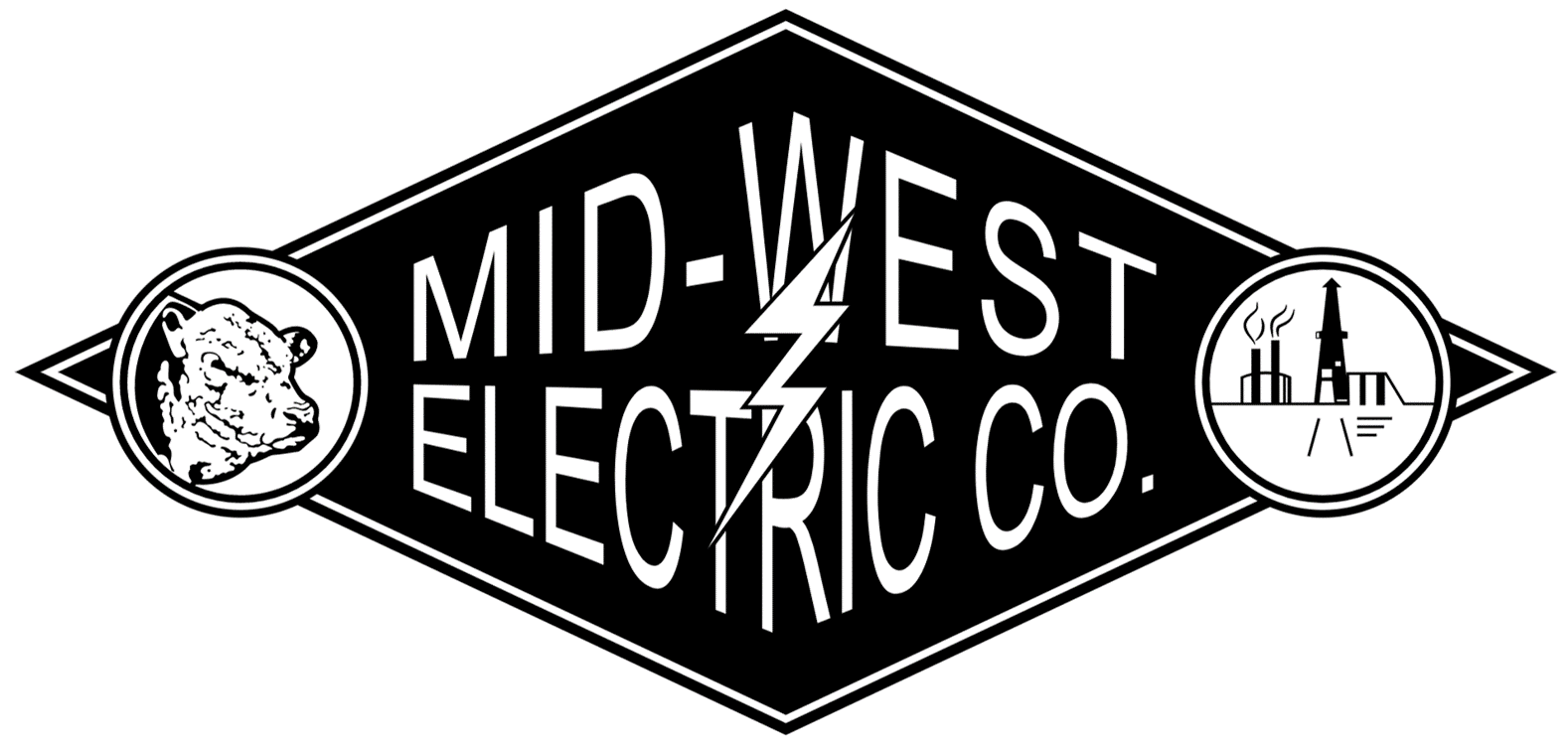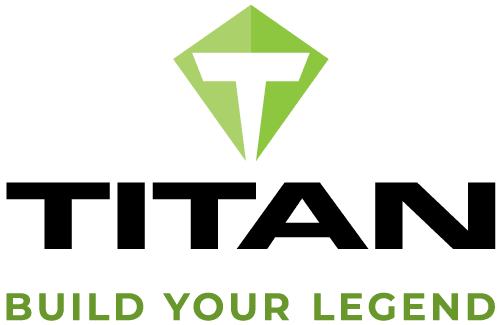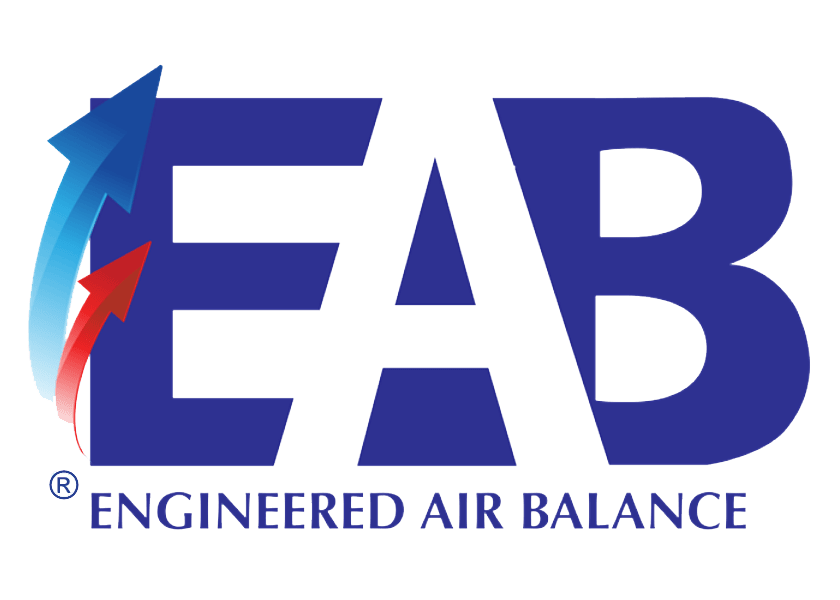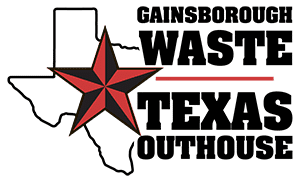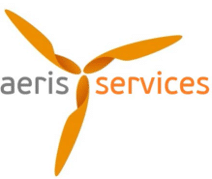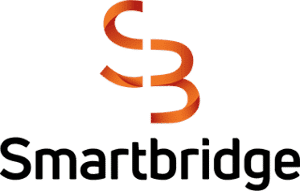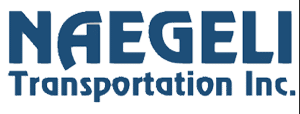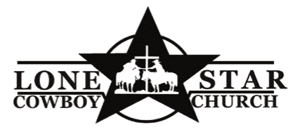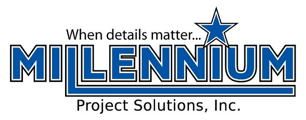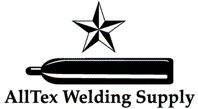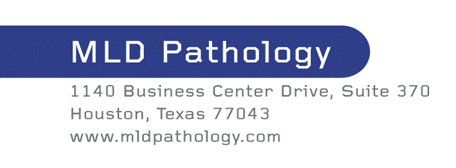As a leader in Houston’s small to mid-market, workforce alignment is one of the most important strategies you can implement to drive your business forward. Aligning your workforce means ensuring that everyone in your organization is working toward shared goals with clarity, engagement, and focus. To do this effectively, you’ll need to fine-tune how you communicate, set team goals, and gather insights through employee surveys. Let’s walk through how you can get this done.
Organizational Communication: Set the Tone for Alignment
First and foremost, communication is the backbone of workforce alignment. You have to be clear and consistent in your messaging so that everyone understands the company’s vision, goals, and expectations. Think about it this way: if your team doesn’t know what they’re aiming for, how can they hit the target?
- Clear, Simple Messaging: Keep your communication straightforward. Your employees shouldn’t need a manual to understand your goals. Get rid of jargon and focus on delivering concise, actionable messages that everyone can understand and rally behind.
- Multi-Channel Communication: Use the right tools to reach your team. Maybe your employees prefer email, or perhaps they respond better to an intranet or team meetings. The key is to use multiple channels—emails, newsletters, meetings, or platforms like Slack—to make sure your message reaches everyone, no matter where they are.
- Two-Way Dialogue: Communication isn’t just top-down. You need to create an environment where employees feel comfortable speaking up. Open the door to questions, feedback, and even criticism. When your team feels heard, they’re more likely to buy into the goals you’ve set.
Goal Setting: Align Individual Effort with Big Picture Vision
When setting goals for your team, make sure they directly connect to the larger organizational objectives. Everyone should understand how their individual contributions push the business forward.
- Cascading Goals: Start with your big organizational goals and break them down into smaller, manageable targets for departments and individuals. This way, everyone knows exactly how their work feeds into the overall success of the company.
- SMART Goals: Use the SMART framework—Specific, Measurable, Attainable, Relevant, Time-bound—so that your team has clear direction. SMART goals make progress easy to track and provide your employees with a roadmap for success.
- KPIs that Matter: Identify the key performance indicators (KPIs) that matter most for your business. Regularly review these metrics to track performance and identify areas where your team can improve.
Employee Surveys: Unlocking Insights for Better Alignment
Employee surveys are a powerful tool to gauge engagement and satisfaction across your organization. Use them wisely, and you’ll get invaluable insights that can help you realign your workforce.
- Keep it Anonymous: If you want honest feedback, assure your team their responses are anonymous. Employees are more likely to be open when they know their input won’t come back to haunt them.
- Ask the Right Questions: Your survey should be clear, concise, and unbiased. Ask about job satisfaction, work-life balance, communication effectiveness, and career development. The more targeted your questions, the more actionable the feedback.
- Survey Regularly: Don’t wait until there’s a problem to send out a survey. Regular surveys allow you to track trends and measure the impact of changes over time, giving you a real-time pulse on your team’s alignment and engagement.
Turning Survey Data into Action
It’s not enough to collect data—you have to act on it. Here’s where the rubber meets the road.
- Analyze and Interpret: Dive into the data. Look for patterns that highlight strengths and areas for improvement including themes around job satisfaction, communication gaps, leadership effectiveness, or workplace culture issues. This will help you pinpoint exactly where changes need to be made.
- Align with Business Goals: Align the insights with your company’s broader goals like improving EBITDA, productivity, or reducing turnover. Involve multiple levels of leadership to develop a holistic approach so that initiatives are feasible and aligned with organizational priorities.
- Develop an Action Plan: Involve your managers and employees in developing a plan to address the issues you’ve uncovered. Set clear objectives, assign responsibilities, and follow through on the changes you’ve committed to making. Prioritize areas where action will have the most significant impact on employee morale, retention, and business performance.
- Communicate Your Actions: Transparency is key. Share survey results with your employees and let them know how you plan to act on their feedback and encourage an open dialogue by providing channels for further feedback or clarification so your employees feel involved in the process. This not only shows that you’re listening, but it also reinforces trust and engagement.
- Implementation of Initiatives: Form cross-functional teams or committees to oversee the implementation of key initiatives and create pilot programs when applicable. Consider testing initiatives in smaller areas before a full rollout, adjusting based on feedback and success.
By aligning your workforce through clear communication, targeted goal-setting, and actionable employee feedback, you set your business up for success. With a team that understands their role in the big picture and feels engaged in the process, your organization will be primed to thrive in our fast-paced Houston business market.
https://www.achillesgroup.com/Achilles Group helps you design, build, and roll out initiatives that drive workforce alignment by creating clear communication strategies, goal-setting frameworks, and employee engagement tools. These initiatives are part of our holistic approach to developing a strong HR framework, ensuring that your people and processes are aligned with the business’s objectives. By integrating these alignment strategies into the broader HR structure, we help clients foster a productive, engaged workforce that contributes to profitability.













